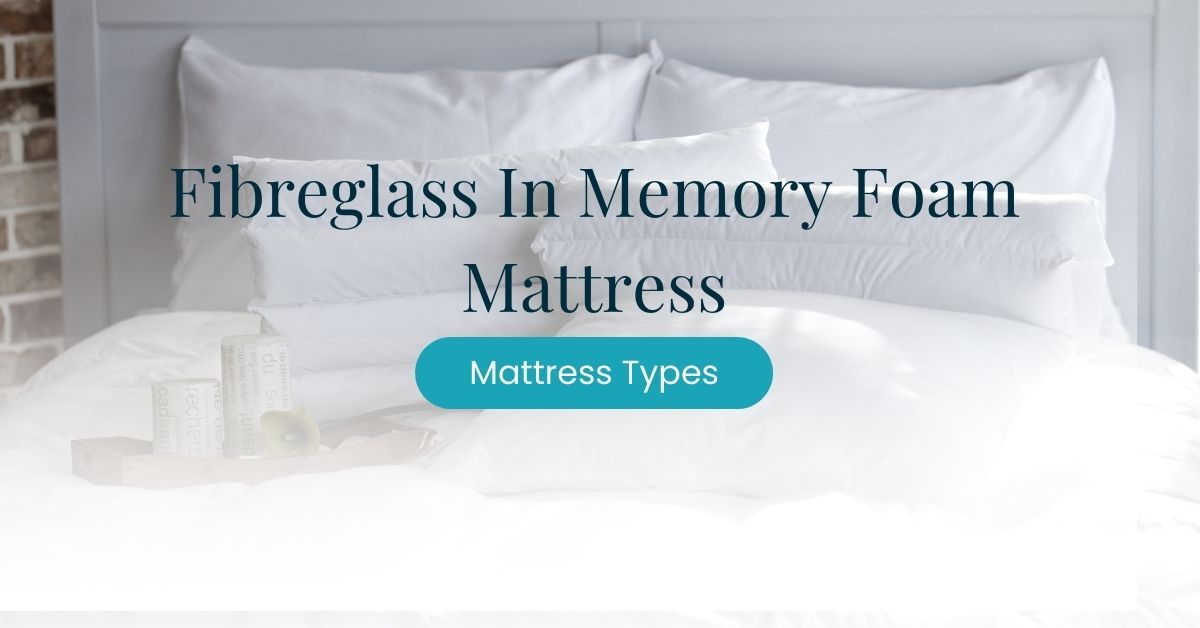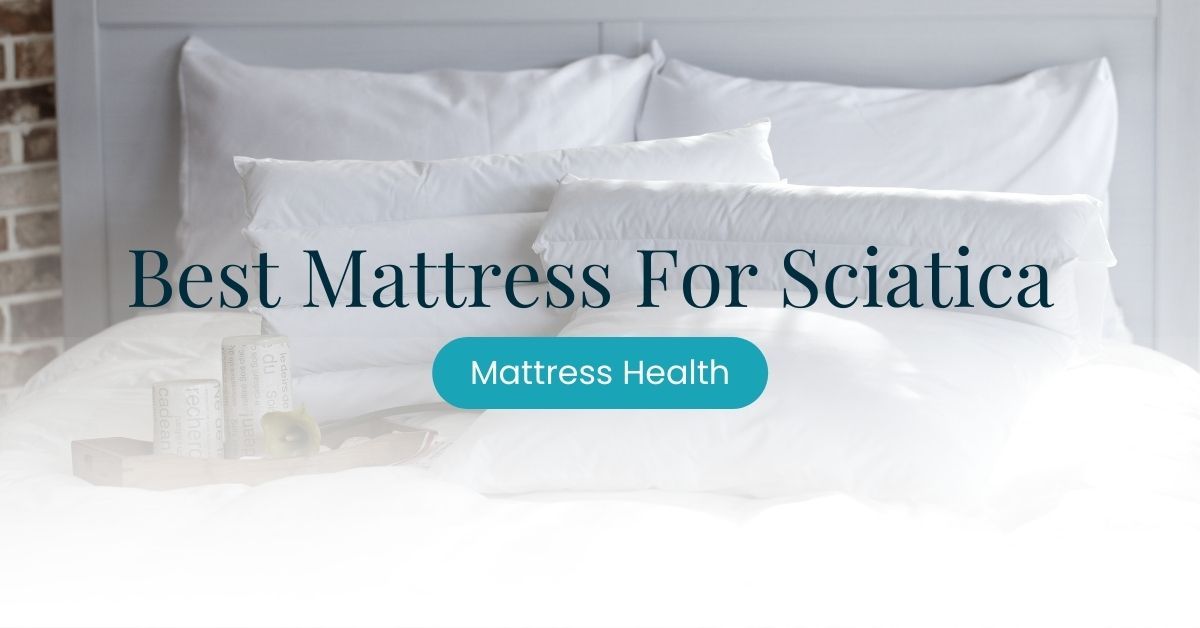Pillow top mattresses are generally comfortable, but there are times when this comfort gradually decreases because of your usual wear and tear. Even though mattress brands can guarantee their products for 10 years it’s natural for things to get worn off over time.
A pillow top usually loses its comfort when the materials inside get compressed into one space. The indentation left behind is identified as “pillow top sag“, which is often accompanied by lumping, which is especially common for pillow tops made from cotton and wool.
To fix this sagging issue, we have to fluff the interior material —which aims to bring back the previous, much better state of your pillow top.
But what’s the best way to do this?
We recommend hanging the topmost layer and beating the mattress the most. Read on and follow the other steps and methods on how to do a fluff.
7 Steps To Properly Fluff Your Pillow Top (+Bonus)
Fluffing involves five essential steps: rotating, cleaning, vacuuming, hanging, and beating. You must follow these steps religiously to fluff your pillow top mattress successfully.
1. Rotate Your Pillow Top
Rotating your pillow top mattress is the first step of this multi-step method. Rotating comes first to prepare the mattress for the other actions you’ll be doing.
Frequently, the sagging in a particular spot on the pillow top may be magnified when you do hanging and beating (which we’ll discuss later). So to be on the safe side, rotate your mattress clockwise or counterclockwise, so the head area goes to the feet area and vice versa.
One significant benefit of rotating your mattress is it helps reduce the risk of premature sagging. However, it would be best to do this regularly and at least once every three months to reap the benefit. Once you’re done rotating, it’s now time to clean.
2. Clean Your Pillow Top
To clean your pillow top, follow these steps:
1. Remove all bedding accessories (which include pillows, blankets or comforters, sheets, mattress pads, mattress toppers, and mattress protectors).
2. Throw the accessories into your washing machine at their respective wash cycles (except bulky toppers and pads). The fabrics are different, so you’ll need to customise each wash cycle. After the wash cycles are completed, throw them into the dryer and add in some tennis balls to make drying easier (it also makes the fabrics soft too).
3. Now that your mattress is bare, sprinkle a generous amount of baking soda on its surface, covering every inch. Baking soda absorbs terrible odour and will make your mattress smell fresh.
4. Let the baking soda sit for at least an hour to give it enough time to absorb every bad odour lingering in your mattress.
After doing these, it’s vacuum time.
3. Vacuum Your Pillow Top
To correctly vacuum your pillow top, follow these steps:
1. Grab your vacuum and use the fabric attachment (the one that comes with a wide mouth lined with a nylon brush).
2. Start with the very top and gently sweep the surface with the vacuum, focusing on the remaining baking soda on the mattress surface.
3. Now that the surface is vacuumed, get your vacuum’s crevice attachment (the one with a tiny hole that can reach crevices).
4. Work your way through the crevices and ensure no traces of baking soda are left behind.
Additional Tip: Use a HEPA-certified vacuum or vacuum filter to suck out allergens and contaminants while you vacuum the baking soda out too.
Next up is hanging your pillow top’s top layer to sanitise it further.
4. Hang Up Pillow Top’s Topmost Layer
Note: If your pillow top mattress doesn’t have a detachable top layer, skip this step.
Now that your pillow top is free from baking soda, carefully detach the mattress’s top layer and hang it outside on a clothesline. Do this when the sun is up (the sun shines bright and well from 8 AM to 4 PM).
Hanging the topmost layer ensures further sanitation as the sun’s heat will kill remaining germs and dust mites. Not only that, you can actually smell the difference as the UV will kill the remaining scent the baking soda failed to absorb.
5. Beat Your Pillow Top
For this step, you’ll need the following tools and materials:
Durable wooden stick or metal rod.
A dust mask, commonly known as a respirator mask (preferably with an FFP2 (EU) rating or N95 (US) rating beneficial for people sensitive to airborne contaminants).
A clean and spacious area to work on.
Here are the steps to follow:
1. Lay your mattress on a clean floor in a spacious area. Prepare your stick or rod afterwards.
2. Smack the mattress with the stick or rod repeatedly. Start from the upper area and work your way down.
3. Don’t forget to smack the corners of the mattress, too, as any loose materials might compress in the corners.
4. You can also use your body weight and roll over from side to side for 30 good minutes.
5. Once done, reattach the top layer, reinstall the mattress to the bed f
6. Use a Hair Dryer
Using a hair dryer isn’t a common way to fluff your pillow top, but it’s the same principle as throwing the topmost layer in a dryer. However, this only works best in pillow top mattresses that have a feather and down filling as the heat helps eliminate lumpiness and sagginess.
Start off with a low heat setting as high heat can degrade materials like memory foam.
When used together with using a rod or stick or using your hands–which we’ll discuss below, the process is so much easier and quicker.
7. Use Your Hands
If using a stick or rod isn’t convenient, using your hands to fluff your pillow top works well. Always remember to use a dust or respirator mask since contaminants may be deep-seated in your mattress.
Just smack the pillow top repeatedly until you see sagging and lumps gradually go away, and you’re good to go.
Bonus Method: Add a Mattress Topper
If you’re still looking for additional fluffiness, you can add a mattress topper to virtually eliminate the lumpy and saggy feeling of the topmost surface of your mattress.
Mattress toppers are cheaper than new mattresses and may provide an economical solution when you’re low on budget.
How Often Do You Need to Fluff a Pillow Top?
As pillow tops are prone to minor sagging issues from time to time, you need to fluff them at least once every three months. If you’re feeling a bit protective, you can do it once a month or twice every three months.
Sometimes, you may even do it as needed, as some pillow tops might not display sagging issues right off the bat. But to be safe, follow the “at least once every three months” recommendation.
There’s also the factor of sleeping position; side sleeping accelerates the need for fluffing compared to other sleeping positions since lying on your side concentrates your weight in a small area on the surface of the mattress.
Symptoms Your Pillow Top Needs Fluffing
Here are several symptoms that will tell you your pillow top needs an excellent fluffing session:
You Sneeze Often
While sagging is a primary issue for a re-fluff, you’ll notice two steps above are cleaning related, as contaminants can degrade the materials inside a pillow top with mould, mildew, stains and bad odours.
Sneezing often signifies that your mattress (yes, even latex and memory foam ones) needs a fluffing session, indicating a build-up of dust mites, allergens, and other contaminants. This symptom is more prevalent in people with allergic rhinitis, chronic allergic rhinosinusitis, and asthma, as their airways are more sensitive to contaminants than the general population.
So if you have one or more of these conditions, make sure to clean your pillow top regularly and wear a respirator mask to protect yourself from invasive particles.
Your Body Hurts After Waking Up
Do you feel aches and pains when you wake up? Mattress sagging is a primary cause of this, as well as a mattress that’s too soft.
A sagging pillow top is an indication of wear and tear, lack of care and maintenance, low build and material quality, or a combination of all three.
Your Pillow Top Has an Unpleasant Odour
Foul odours start to become noticeable when there’s an accumulation of dirt, sweat, body oils, and dead skin cells. It can also be caused by liquids such as spilt beverages, urine, blood, and semen (yucks!).
Apart from that, mould can grow on the moist surfaces of your mattress. They can live off your sweat, body oils, and even urine. Liquids can also damage the materials inside your pillow top (if you’re worrying about foul odours that can linger).
Your Pillow Top Has Unsightly Stains
Lastly, a pillow top that needs fluffing can also have unsightly stains on its surface. Stains can be brought about by the same factors that trigger a foul odour: dirt, sweat, body oils, spilt drinks, blood, semen, or urine.
Stains and foul odours are always interconnected, and it’s a good time to kill two birds with one stone. Stains can be remedied by spot-cleaning and vacuuming, which are essential to properly fluff a pillow top.





